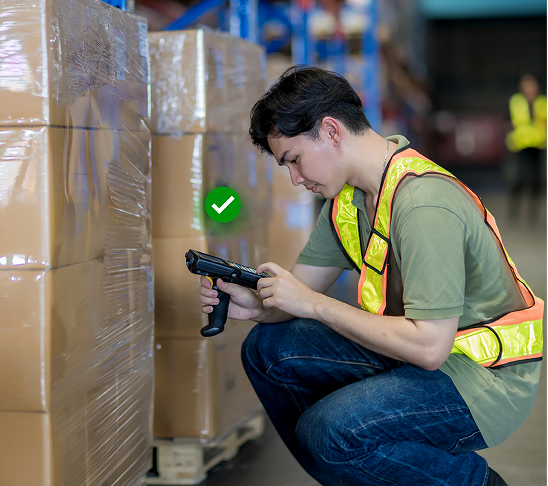RFID in Logistics & Supply Chain
RFID in Logistics & Supply Chain
How RFID Works in Logistics & Supply Chain
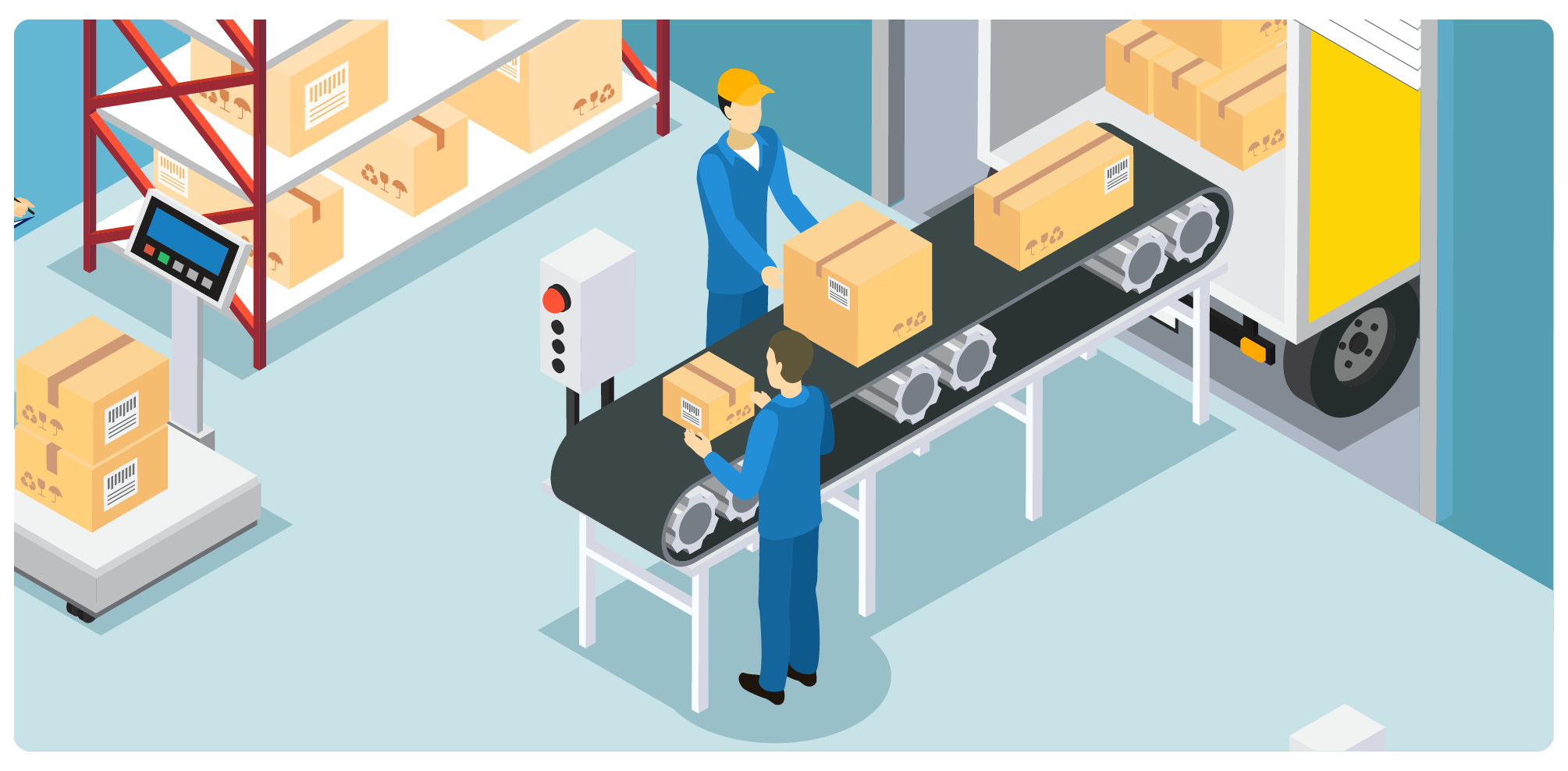
TAGGING OF GOODS
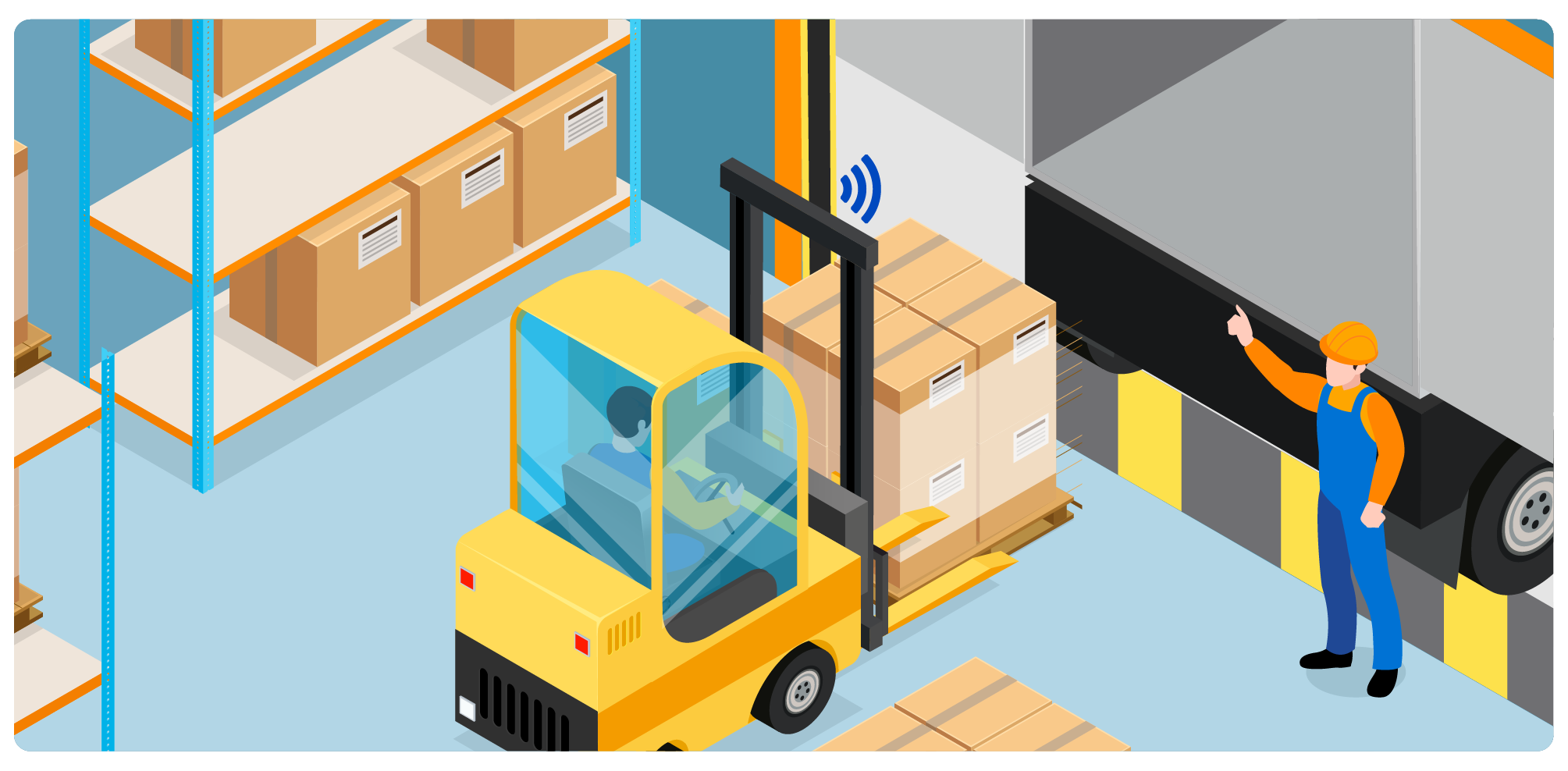
REAL-TIME DATA CAPTURE

SYSTEM INTEGRATION
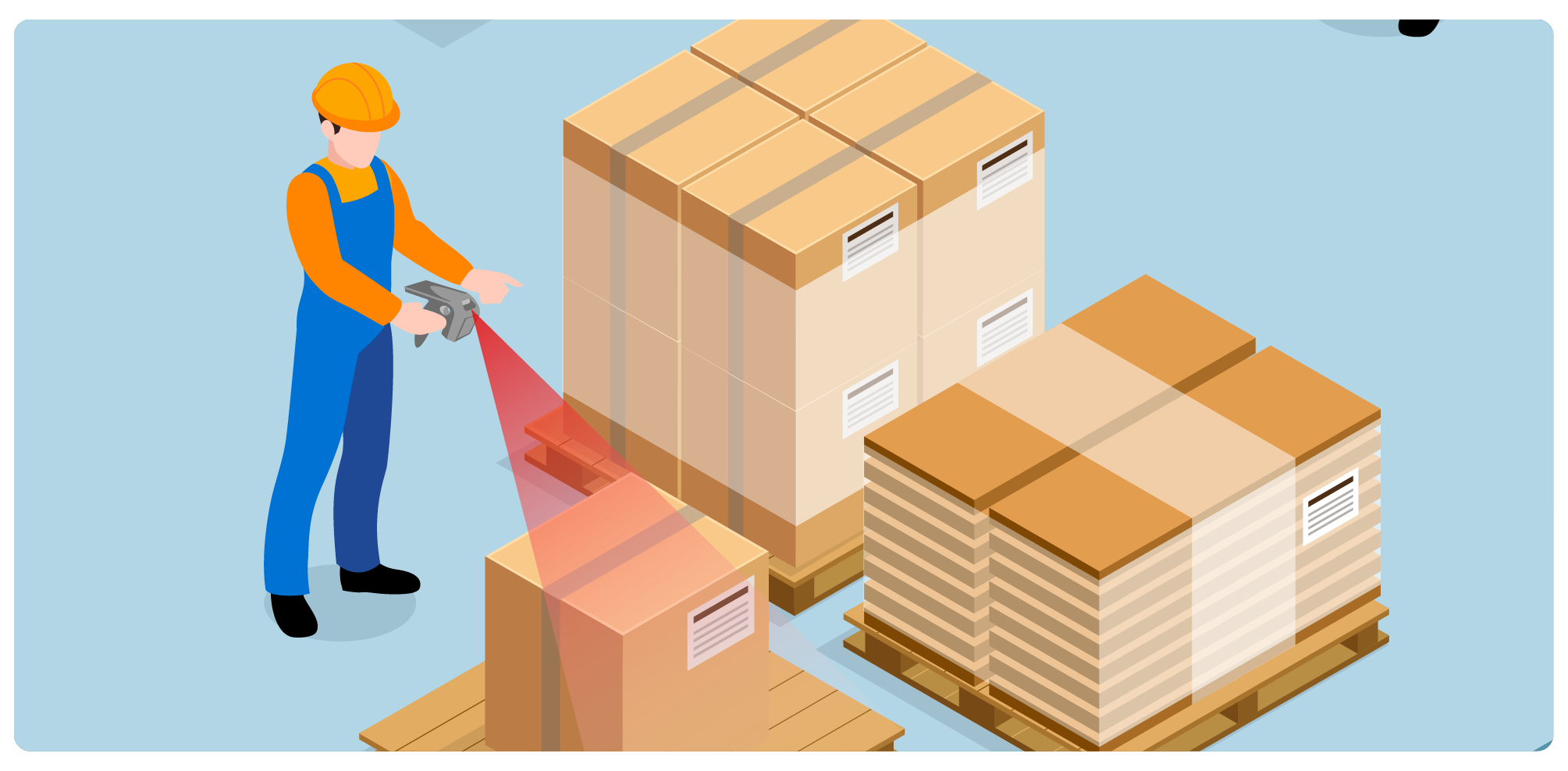
CYCLE COUNTS
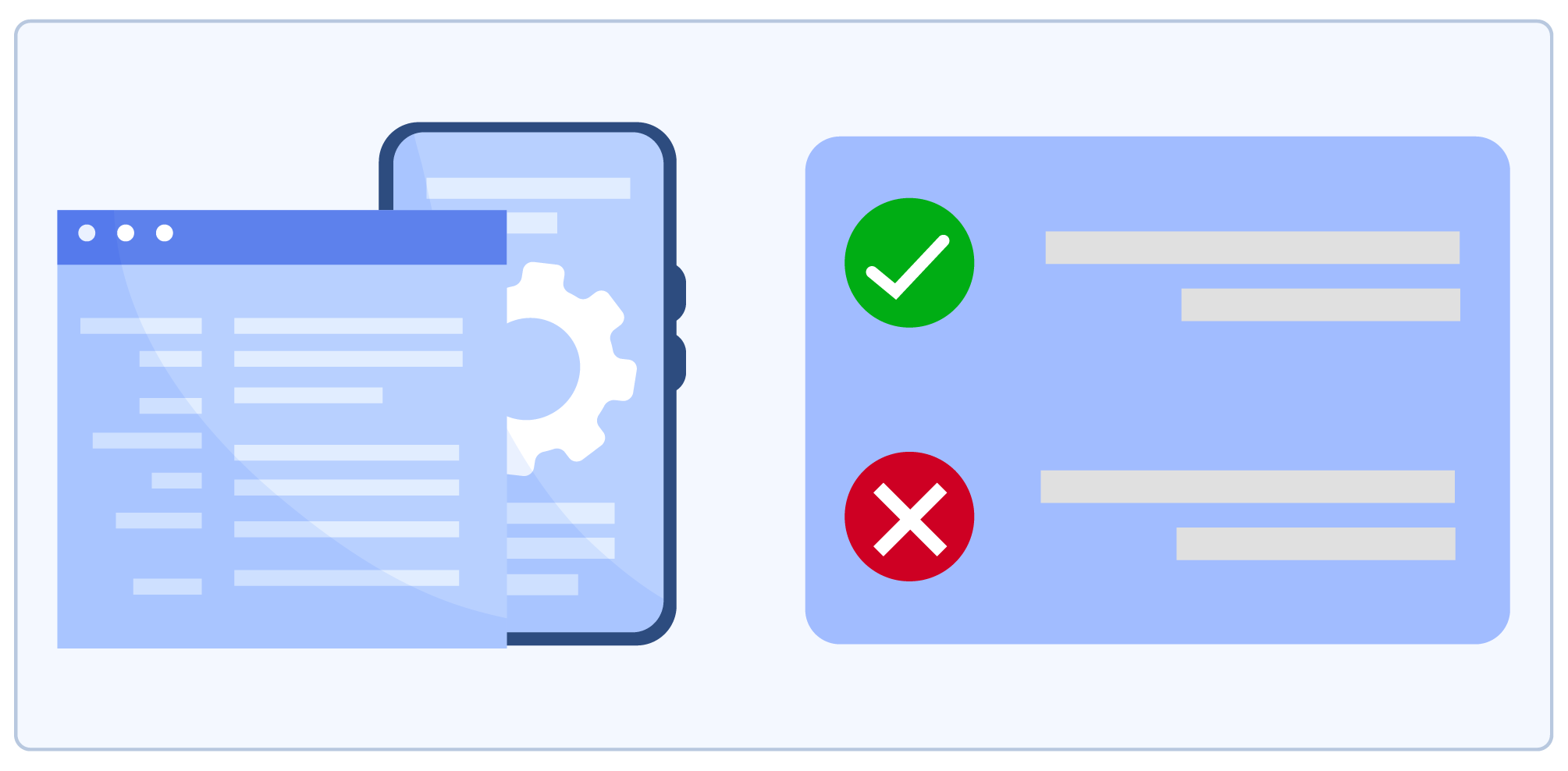
DISCREPANCY ALERTS
RFID in logistics and supply chain automates tracking by tagging goods with RFID labels, enabling real-time data capture as items pass through checkpoints without manual scans. The captured data integrates seamlessly with WMS, TMS, or ERP systems, supporting automated inventory updates, discrepancy alerts, and efficient cycle counts.
Key Applications of RFID in Logistics & Supply Chain
Inventory Management
RFID ensures accurate stock tracking, automates cycle counts, and minimizes stockouts or overstock by providing real-time inventory visibility and reducing manual errors.
Dock Door Automation
Speed up inbound and outbound logistics by capturing RFID data at dock doors, reducing manual scanning and improving loading and unloading efficiency.
Shipment Tracking & Traceability
Track shipments at every stage with real-time RFID data, ensuring transparency, improved accuracy, and complete visibility from origin to destination.
Warehouse Operations Optimization
Enhance warehouse productivity with RFID-driven picking, packing, and staging, enabling faster item location and smoother internal logistics.
Cold Chain Monitoring
Use sensor-based RFID tags to monitor temperature-sensitive goods, ensuring compliance and product safety during storage and transit.
Returnable Asset Tracking
Track reusable items like pallets and crates with RFID to prevent loss, lower replacement costs, and increase asset reuse.
Fleet & Yard Management
RFID automates tracking of vehicles and assets in yards, improving gate operations, reducing delays, and enhancing fleet visibility.
Benefits of Using RFID

Industries Benefiting from RFID in Supply Chain
RFID technology is not limited to one industry—it scales across sectors with measurable results:
RFID Solution for Logistics and Supply Chain

RFID Tags
RFID tags used in logistics include on-metal, pallet, rugged, and temperature-sensitive sensor tags. These are ideal for tagging containers, pallets, cold storage items, and metal surfaces, enabling accurate identification and tracking across the supply chain.
RFID Readers
Handheld and fixed-mount RFID readers are used to scan tags during inventory counts, loading and unloading, and gate entries. They help automate data capture, improving speed and accuracy throughout logistics operations.

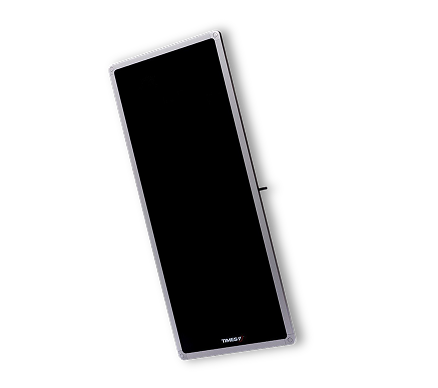
RFID Antennas
Dock door portals and overhead zone antennas provide hands-free scanning of tagged items at key checkpoints. These antennas enable real-time tracking and seamless movement of goods through choke points in warehouses and distribution centers.
RFID Software
TagMatiks AT offers centralized visibility for assets, tracking their full lifecycle with support for cycle counts and audit trails. The platform is cloud-based, integrates with ERP systems, works on mobile devices, and supports offline functionality only Mobile devices.


RFID Site Survey
RFID4U offers comprehensive RFID site surveys to assess facility needs, signal strength, and environmental conditions. This ensures optimal reader and antenna placement, enabling a reliable, high-performance RFID deployment tailored to logistics and supply chain operations.
Why Choose Us for RFID Implementation
With over 25+ years of experience, RFID4U delivers tailored RFID solutions designed to meet the unique needs of logistics and supply chain operations. We offer scalable, configurable systems and provide global deployment support, trusted by leading 3PLs, retailers, and manufacturers worldwide.
Frequently Asked Questions (FAQs)
-
What types of RFID tags are used in logistics?
In logistics, various RFID tags are used based on application needs. These include on-metal tags for metal surfaces, rugged tags for harsh environments, pallet and container tags for bulk tracking, and temperature-sensitive sensor tags for cold chain monitoring.
-
How much does it cost to implement RFID in a supply chain?
The cost of RFID implementation varies depending on the scope, number of tags, hardware requirements (readers, antennas), and software. Small-scale solutions may start at a few thousand dollars, while enterprise deployments can range higher based on complexity.
-
Can RFID work in cold storage or harsh environments?
Yes, RFID can be used in cold storage and harsh environments by using specialized rugged or sensor-enabled tags. These are designed to withstand extreme temperatures, moisture, and physical impact, ensuring reliable data capture in challenging conditions.
-
How long does RFID deployment take?
RFID deployment timelines depend on the scale and complexity of the project. A pilot can take a few weeks, while full-scale enterprise rollouts may take several months, including site surveys, testing, integration, and training.
-
What’s the ROI of using RFID?
RFID offers a strong return on investment through reduced labor costs, improved inventory accuracy, faster processing, reduced losses, and enhanced visibility. Most companies see ROI within 12–18 months after deployment, depending on the scale and efficiency gains.
-
Can RFID integrate with our existing WMS or ERP systems?
Yes, most modern RFID platforms like TagMatiks AT are designed to integrate with existing WMS, TMS, or ERP systems, allowing seamless data synchronization and improved supply chain coordination.

